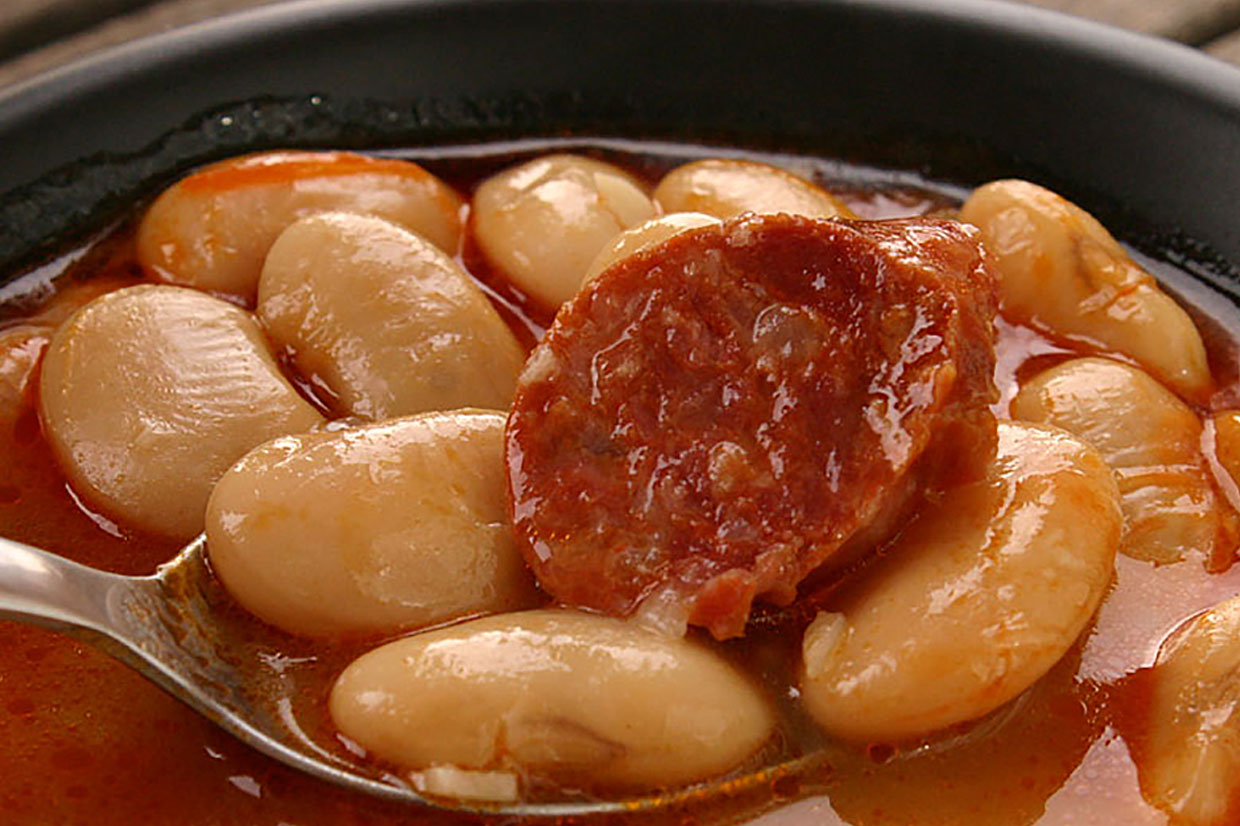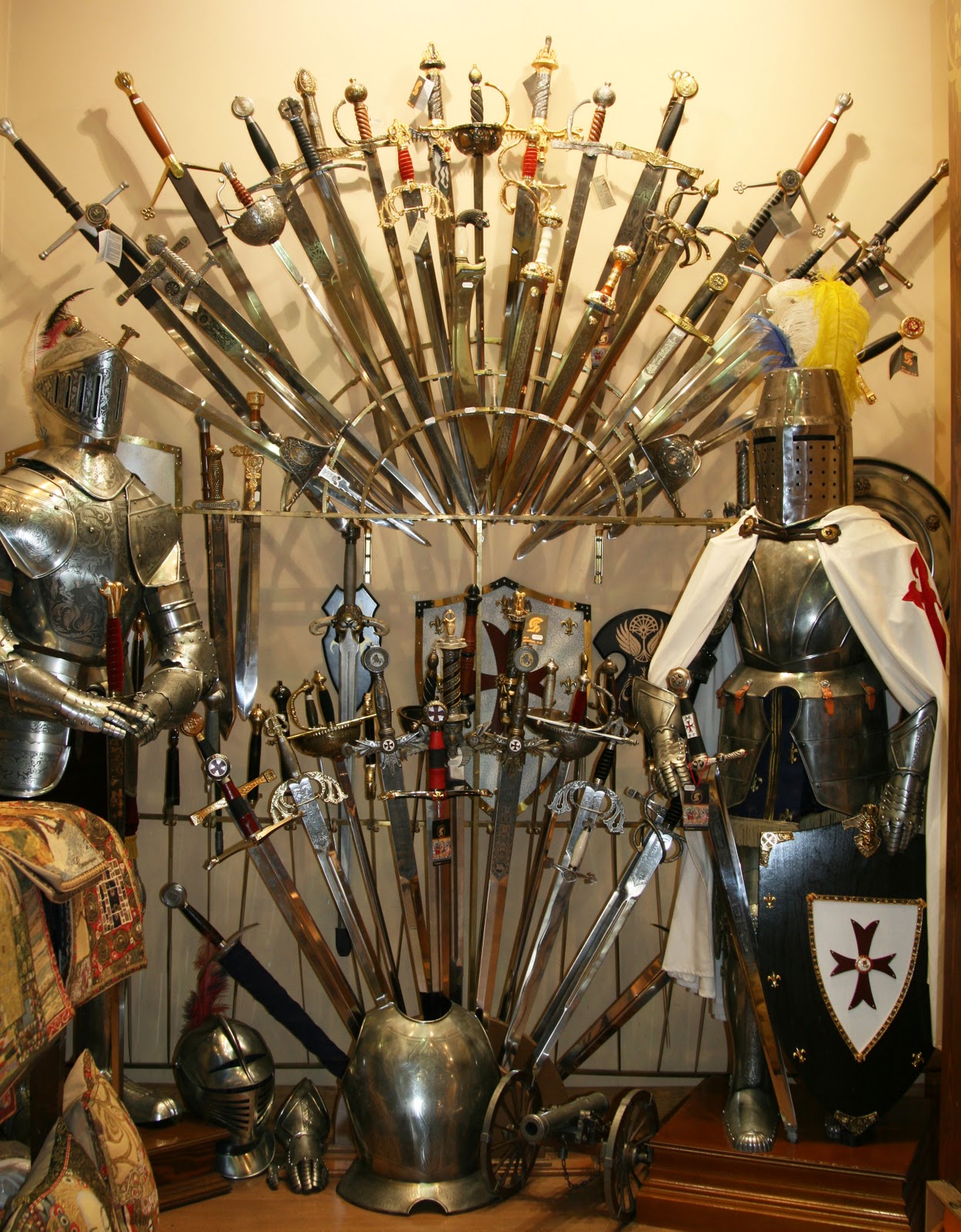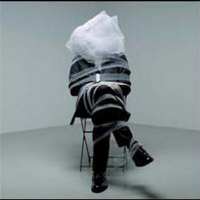La Vuelta 2019, Stage 19: Ávila > Toledo 13/09/2019 - 165,2 km *Spoilers*

blazing_saddles
Posts: 22,730
La Vuelta 2019, Stage 19: Ávila > Toledo 13/09/2019 - 165,2 km
Friday 13 September: The 19th stage of La Vuelta is played out to the west of Madrid. The 165.2 kilometres route, which runs from Ávila to Toledo, is predominantly flat. Yet, the cobbled finale runs uphill. Both the start and the finish of the race are in historical cities. Ávila is a fortified city at an elevation of 1,127 metres and Toledo hosted a Vuelta finish nine years ago and the same rider is expected to be among those to turn out on top. Back then, Philippe Gilbert won the uphill sprint outside the city walls, while this year’s finale will be even more to his liking.

The route climbs higher shortly after the start. The riders tackle the Alto de la Paramera, which is a long ascent to 1,145 metres. Not steep though. The Paremera is 18.2 kilometres long and slopes at 1.6%. The hardest kilometres are almost 6%.
The route drops down to travers the plains west of Madrid. With flat to rolling roads for most of the day the route is tailor-made for a sprint finish in Toledo. The finale is demanding though.

Firstly, the riders enter the city from the west to leave it again on a bridge spanning the river Taag. On rolling roads the route continues. Following a flanking maneuver the riders re-enter Toledo. The finale runs firmly uphill on the cobbles of Calle de la Unión leading into the historic centre.

Favourites 19th stage 2019 Vuelta a España
It will be easy to control the race. Obviously, there is always the possibility for the break to stay away, but a more likely scenario is that the attackers are reeled in before Toledo and that the likes of Gilbert will battle for the stage honours.
*** Philippe Gilbert, Tosh Van der Sande, John Degenkolb
** Sam Bennett, Edvald Boasson Hagen, Zdenek Stybar
* Luis León Sánchez, Valerio Conti, Fernando Gaviria
Ávila
19 stages of La Vuelta have departed from Ávila
58,149 inhabitants.
Ávila retains numerous vestiges of its medieval past, where for centuries Christian, Jewish and Muslim cultures coexisted peacefully. They did so protected by its 12th century ramparts that are the symbol of Avila, and which still today surround a large part of the city. This construction played a key role for this Castilian city’s recognition by UNESCO more than 30 years ago as a World Heritage site.

Typical dishes of the town and region are "Judías del Barco",

"Chuletón de Ávila",

"Patatas revolconas" and "Yemas de Santa Teresa". Also worth mentioning is "Hornazo", "Bun stuffed with sausage, bacon, steak and eggs", "Mollejas de ternera" or the "Cochinillo", which can be found in the capital and in Arévalo.
Toledo
8 stages of La Vuelta have had finales in Toledo
83,741 inhabitants.
Toledo, the capital of La Mancha region, not only has a rich historical, cultural and architectural heritage, but also a long sporting history. In 2019, it is hosting another stage finish in La Vuelta, coinciding with the 60th anniversary of the major victories of one of Castilla-la Mancha’s greatest sporting heroes. In 1959, the “Eagle of Toledo”, Federico Martín Bahamontes, became the first Spanish rider to win the Tour de France, a feat that, sixty years on, has been repeated by only six other Spanish cyclists.

Toledo has been a traditional sword-making, steel-working centre since about 500 BC, and came to the attention of Rome when used by Hannibal in the Punic Wars. Soon, it became a standard source of weaponry for Roman legions.[124]
Toledo steel was famed for its very high quality alloy,[125] whereas Damascene steel, a competitor from the Middle Ages on, was famed for a specific metal-working technique.[126]
Today there is a significant trade, and many shops offer all kinds of swords to their customers, whether historical or modern films swords, as well as medieval armors and from other times, which are also exported to other countries.

Friday 13 September: The 19th stage of La Vuelta is played out to the west of Madrid. The 165.2 kilometres route, which runs from Ávila to Toledo, is predominantly flat. Yet, the cobbled finale runs uphill. Both the start and the finish of the race are in historical cities. Ávila is a fortified city at an elevation of 1,127 metres and Toledo hosted a Vuelta finish nine years ago and the same rider is expected to be among those to turn out on top. Back then, Philippe Gilbert won the uphill sprint outside the city walls, while this year’s finale will be even more to his liking.

The route climbs higher shortly after the start. The riders tackle the Alto de la Paramera, which is a long ascent to 1,145 metres. Not steep though. The Paremera is 18.2 kilometres long and slopes at 1.6%. The hardest kilometres are almost 6%.
The route drops down to travers the plains west of Madrid. With flat to rolling roads for most of the day the route is tailor-made for a sprint finish in Toledo. The finale is demanding though.

Firstly, the riders enter the city from the west to leave it again on a bridge spanning the river Taag. On rolling roads the route continues. Following a flanking maneuver the riders re-enter Toledo. The finale runs firmly uphill on the cobbles of Calle de la Unión leading into the historic centre.

Favourites 19th stage 2019 Vuelta a España
It will be easy to control the race. Obviously, there is always the possibility for the break to stay away, but a more likely scenario is that the attackers are reeled in before Toledo and that the likes of Gilbert will battle for the stage honours.
*** Philippe Gilbert, Tosh Van der Sande, John Degenkolb
** Sam Bennett, Edvald Boasson Hagen, Zdenek Stybar
* Luis León Sánchez, Valerio Conti, Fernando Gaviria
Ávila
19 stages of La Vuelta have departed from Ávila
58,149 inhabitants.
Ávila retains numerous vestiges of its medieval past, where for centuries Christian, Jewish and Muslim cultures coexisted peacefully. They did so protected by its 12th century ramparts that are the symbol of Avila, and which still today surround a large part of the city. This construction played a key role for this Castilian city’s recognition by UNESCO more than 30 years ago as a World Heritage site.

Typical dishes of the town and region are "Judías del Barco",

"Chuletón de Ávila",

"Patatas revolconas" and "Yemas de Santa Teresa". Also worth mentioning is "Hornazo", "Bun stuffed with sausage, bacon, steak and eggs", "Mollejas de ternera" or the "Cochinillo", which can be found in the capital and in Arévalo.
Toledo
8 stages of La Vuelta have had finales in Toledo
83,741 inhabitants.
Toledo, the capital of La Mancha region, not only has a rich historical, cultural and architectural heritage, but also a long sporting history. In 2019, it is hosting another stage finish in La Vuelta, coinciding with the 60th anniversary of the major victories of one of Castilla-la Mancha’s greatest sporting heroes. In 1959, the “Eagle of Toledo”, Federico Martín Bahamontes, became the first Spanish rider to win the Tour de France, a feat that, sixty years on, has been repeated by only six other Spanish cyclists.

Toledo has been a traditional sword-making, steel-working centre since about 500 BC, and came to the attention of Rome when used by Hannibal in the Punic Wars. Soon, it became a standard source of weaponry for Roman legions.[124]
Toledo steel was famed for its very high quality alloy,[125] whereas Damascene steel, a competitor from the Middle Ages on, was famed for a specific metal-working technique.[126]
Today there is a significant trade, and many shops offer all kinds of swords to their customers, whether historical or modern films swords, as well as medieval armors and from other times, which are also exported to other countries.

"Science is a tool for cheaters". An anonymous French PE teacher.
0
Comments
-
One for Quintana?Half man, Half bike0
-
Ridgerider wrote:One for Quintana?
The weather forecast has rain forecast for the second half of the stage and there will be a moderate amount of wind, throughout. Unfortunately this time it is more of a cross/headwind, rather than tail.
However, the finish is a fair bit harder than the last time the Vuelta visited Toldeo. After 5kms of descending, There are two hairpins and a 360º corkscrew loop in the last 600m.
The last k is more than 6%.
I expect some small time gaps."Science is a tool for cheaters". An anonymous French PE teacher.0 -
Pierre Latour (AG2R La Mondiale), Domen Novak (Bahrain-Merida), Shane Archbold (Bora-Hansgrohe), Rémi Cavagna (Deceuninck-Quick Step), Lawson Craddock (EF Education First), Bruno Armirail (Groupama-FDJ), Tsgabu Grmay (Mitchelton Scott), Ben O’Connor (Team Dimension Data), David de la Cruz (Team Ineos), Nikias Arndt (Team Sunweb), Peter Stetina (Trek-Segafredo) have a minute and a half lead."Science is a tool for cheaters". An anonymous French PE teacher.0
-
Before I disappear for the weekend, just wanted to say thanks for these spoiler threads BS - always read them every morning, and the break info has been gratefully received.0
-
A big crash involving Roglic and Jumbo, Lopez and Astana.
Richeze looks bad.
Movistar not cool, attacking after this."Science is a tool for cheaters". An anonymous French PE teacher.0 -
Movistar being MovistarPTP Champion 2019, 2022 & 20230
-
Movistar full on. Crosswind and Roglic having to rely on Lopez and Astana.
Really bad form."Science is a tool for cheaters". An anonymous French PE teacher.0 -
Sunweb car doing Astana and Roglic a huge favour. Keeping the whole group out of the wind for a good long time.0
-
Valverde doesn't care about your feelings.0
-
Coming back together in an extremely delayed display of sportsmanship.0
-
Meanwhile, Roglic loses Tony Martin ahead of tomorrow's huge stage."Science is a tool for cheaters". An anonymous French PE teacher.0
-
Echelon alert!!!"Science is a tool for cheaters". An anonymous French PE teacher.0
-
Blazing Saddles wrote:Echelon alert!!!
Ad break alert0 -
Found the other feed on the player. They're shelling people out the back - seeing them fight a losing battle, it's heartbreaking.0
-
Here we go, it's happening again! :shock:
Bora and Movistar get off the front. Lopez too.
No Roglic."Science is a tool for cheaters". An anonymous French PE teacher.0 -
Valverde and Pogacar in the first group of the echelons?0
-
KingstonGraham wrote:Valverde and Pogacar in the first group of the echelons?
All there bar Roglic."Science is a tool for cheaters". An anonymous French PE teacher.0 -
KingstonGraham wrote:Blazing Saddles wrote:Echelon alert!!!
Ad break alert
Watching on Spanish TV, they halve the screen so you have the adverts one side the race on the other, everybody wins.0 -
-
Blazing Saddles wrote:KingstonGraham wrote:Valverde and Pogacar in the first group of the echelons?
All there bar Roglic.
Is Quintana in that group?0 -
KingstonGraham wrote:Blazing Saddles wrote:KingstonGraham wrote:Valverde and Pogacar in the first group of the echelons?
All there bar Roglic.
Is Quintana in that group?
He wasn't but it's all back together again.
Roglic dropped the ball again, there."Science is a tool for cheaters". An anonymous French PE teacher.0 -
In fairness, if crosswinds are too strong in ski-jumping they're not allowed to jump.Blazing Saddles wrote:KingstonGraham wrote:Blazing Saddles wrote:KingstonGraham wrote:Valverde and Pogacar in the first group of the echelons?
All there bar Roglic.
Is Quintana in that group?
He wasn't but it's all back together again.
Roglic dropped the ball again, there.0 -
Does the breakaway have a chance?0
-
Could split again in this chase."Science is a tool for cheaters". An anonymous French PE teacher.0
-
Who'd have thought the flat stages would be the most exciting?0
-
Cavagna on his own, 29 seconds in front of the break with peloton 22 seconds back from them. 6km to go0
-
He's starting to feel it - 35seconds over the peloton now. Not going to make it with that finish.0
-
3km to go, 38 seconds advantage....0
-
Did someone just go out the back of the peloton?
1km to go, 26 seconds. He might just have this!0



